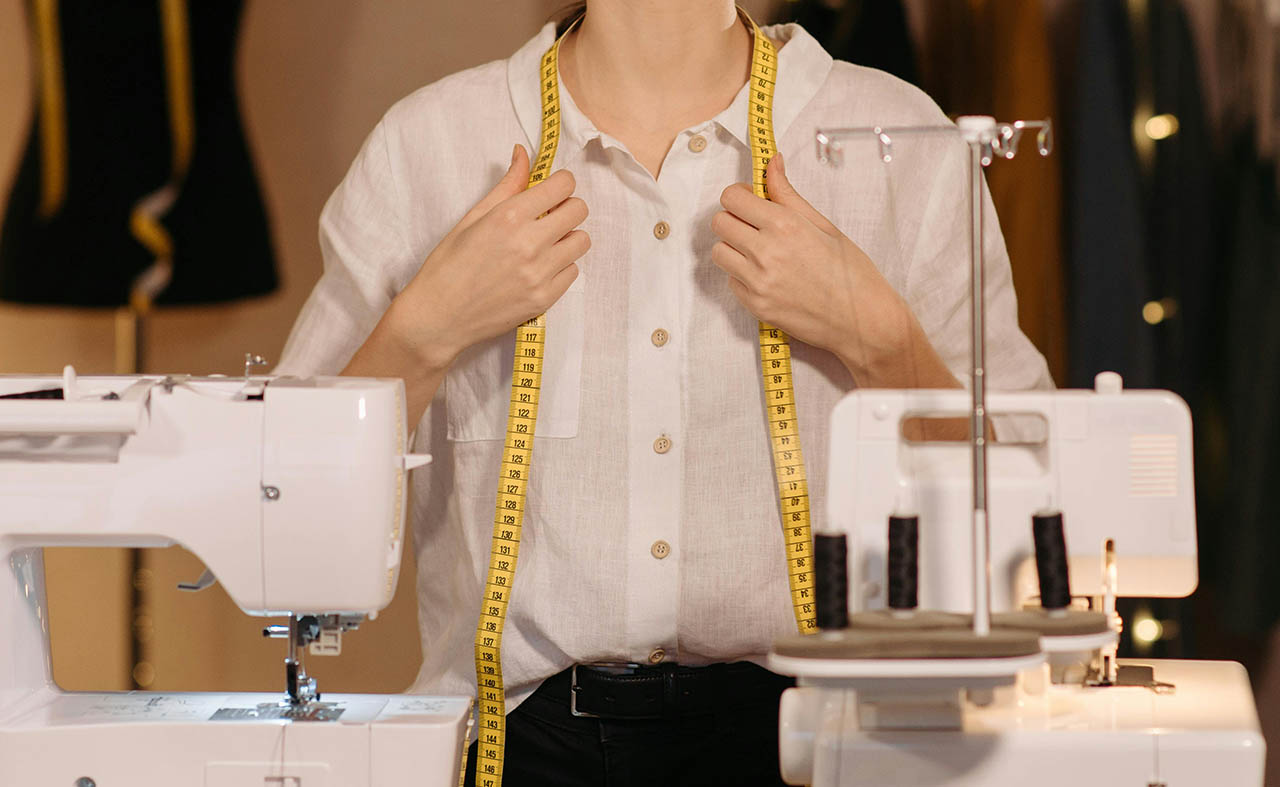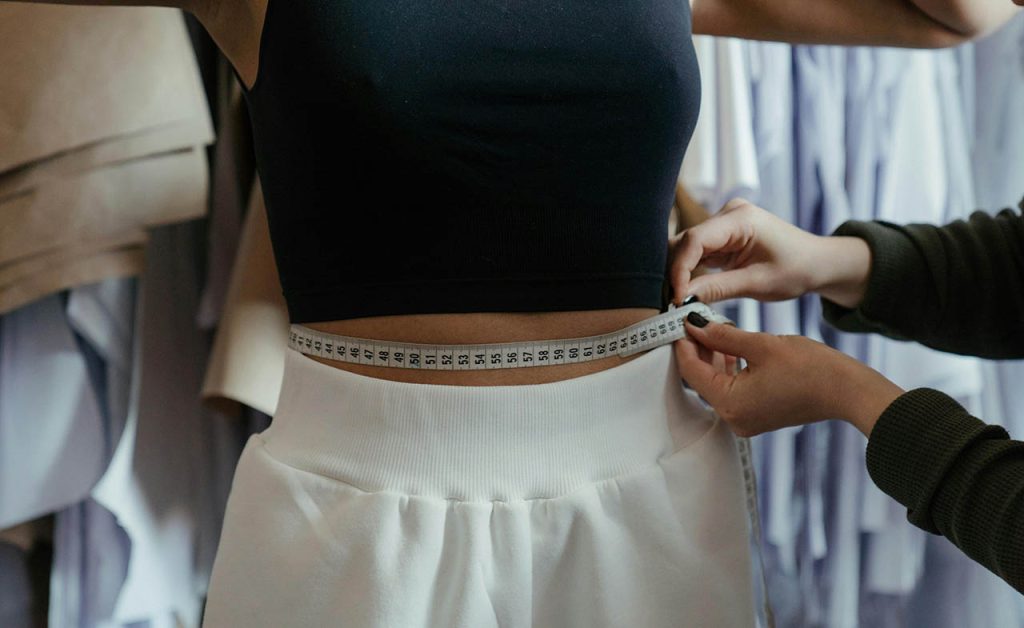Knowing how to measure your waist correctly is essential for selecting the right clothing size, tracking fitness goals, and assessing potential health risks. An accurate waistline measurement helps determine whether your body is in a healthy range based on the waist-to-hip ratio. Whether you need your waist size for clothes alteration, weight management, or medical reasons, this guide will help you get precise results.
Why Waist Measurement Matters
Your waistline measurement is not just about fitting perfectly in your jeans or dresses. It is also an important health indicator. Studies show that excess fat around the abdomen increases the risk of heart disease and other conditions. That’s why men and women should understand how to measure waist size correctly.
Tools You Need for Accurate Waist Measurement
To get an accurate hip and waist ratio, you will need:
- A flexible measuring tape
- A mirror (to check positioning)
- A notepad to record measurements
- A level surface to stand on
How to Measure Your Waist Correctly
Follow these steps to get an accurate waistline measurement:
- Find the Right Spot – Stand straight and locate the halfway point between your lowest rib and the top of your hip bone (iliac crest). This is your natural waist, which may not always align with your belly button.
- Wrap the Measuring Tape – Hold the measuring tape around your natural waistline, encircling your waist. Make sure it’s not too tight or too loose.
- Make Sure It Fits – The tape should be secure but not pressing into your skin. Ensure it is level and parallel to the floor.
- Read and Record – Take the measurement while standing naturally and breathing out. Record the number in inches or centimeters.
Male vs. Female Waist Measurement
There are slight differences in male waist measurement and female waist measurement:
- Women: The natural waist is usually the narrowest part of the torso.
- Men: The waist measurement is often taken at the level of the navel or at the midpoint between the ribcage and hipbone.
If you’re wondering about the steps for getting waist measurements for both sexes, here’s a guide you can follow:
How to Measure Waistline in Women
Women often need accurate waistline measurements for clothing, fitness tracking, and medical purposes. To get the right results:
- Stand with feet together and maintain a relaxed posture.
- Locate the narrowest part of your waist.
- Keep the measuring tape snug but comfortable.
- Record the measurement without sucking in your stomach.
For those with petite proportions, check out this tailoring guide for petite women to learn how alterations can improve your wardrobe fit.
How to Measure Waistline in Men
For men, waist measurements help determine clothing sizes and fitness levels. If you are unsure, follow these steps:
- Stand straight with feet shoulder-width apart.
- Position the measuring tape around your waist at the midpoint between your lower rib and the top of your hipbone.
- Keep the tape parallel to the floor and avoid twisting.
- Measure after exhaling naturally.
Understanding Waist-to-Hip Ratio
A waist-to-hip ratio helps determine body shape and health risks. Here’s how to calculate yours:
- Place the measuring tape around the fullest part of your hips.
- Divide your waist measurement by your hip measurement.
A healthy ratio for women is generally below 0.85, while for men, it should be below 0.9.
How Waist Measurement Helps with Clothing Fit
Accurate waistline measurement is essential when shopping for pants or getting a pants alteration. Whether you are tailoring a suit or adjusting a dress, knowing your waist size prevents sizing errors and ensures a better fit.
For those who love denim, precise waistline measurement is crucial for jeans tailoring. If your jeans are too loose or tight, professional jeans alteration can help achieve a comfortable and stylish fit.
Common Mistakes to Avoid When Measuring Waist and Hips
Measuring Over Clothing
Measuring over clothing can result in inaccurate numbers. Even thin layers like t-shirts or leggings can add extra centimeters, affecting the accuracy of your waistline measurement.
Sucking in Your Stomach
Many people unconsciously suck in their stomach when measuring, especially when concerned about waist size. This results in an artificially lower waistline measurement that does not reflect the actual waist circumference.
Holding the Tape Too Tight or Too Loose
If the tape is too tight, it compresses the skin and gives a falsely low reading. If it’s too loose, it may slide down or sit at the wrong level, resulting in an overestimation. A snug but comfortable fit is necessary for an accurate waistline measurement.
Measuring at the Wrong Spot
Many assume the waist measurement should be taken at the belly button, but this is not always correct. The World Health Organization (WHO) standard states the correct waistline measurement site is midway between the lowest rib and the top of the hipbone.
Not Keeping the Tape Level
If the tape is angled or tilted, it can increase or decrease the measurement, leading to errors. A misaligned tape can make a significant difference, especially for those with larger body types where small inconsistencies add up.
Adjusting Waist Measurements for Tailoring
If your waistline measurement fluctuates due to weight changes, pregnancy, or fitness goals, clothes alteration can help adjust your wardrobe. A professional tailor can take your exact measurements into account, making your garments fit perfectly.

Final Thoughts
Learning how to measure your waist correctly helps with health assessments, clothing choices, and achieving the best fit for your wardrobe. Whether you need precise measurements for jeans tailoring, pants alteration, or just want to monitor your waist-to-hip ratio, following these simple steps will give you accurate results every time.
How We Can Help
At Love Your Tailor, our expert team specializes in clothes alteration, making sure your garments fit comfortably and complement your body shape. Whether you need a pants alteration for a better waist fit or jeans alteration to adjust the waistband, we provide professional tailoring to enhance your wardrobe.


